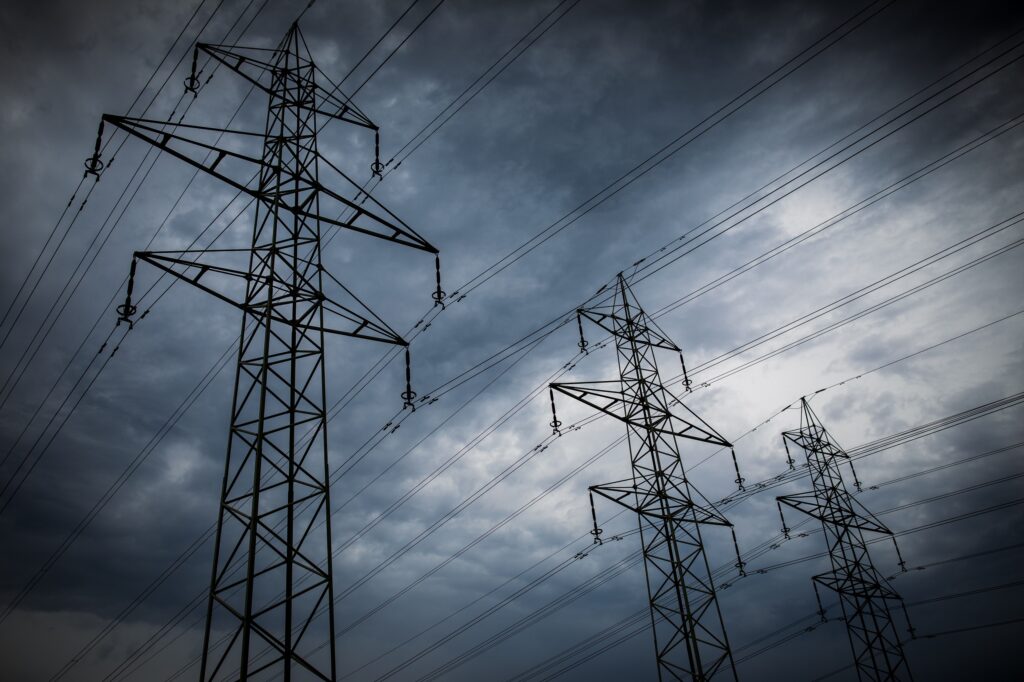Executive action won’t save the Biden climate agenda
Policy pushes during presidencies tend to go through a set cycle. First, there is an attempt to get one’s agenda through Congress. Occasionally this works; most of the time it doesn’t. Eventually, the administration gets frustrated and turns to executive action.
We saw this cycle play out during the Obama administration with respect to climate change. Despite a large majority in the House and a 60-vote majority in the Senate, Democrats were unable to enact their signature climate legislation. The Obama administration then turned to the Environmental Protection Agency (EPA), which sought to enact a scaled-down version for the electricity sector through the so-called Clean Power Plan. This also did not work, with the rule first being halted by the Supreme Court and then withdrawn by the Trump administration.
As most observers anticipate a Biden administration facing a Republican-majority Senate come January, it may be tempting for the Democrats to skip the legislation stage and move straight to bold executive action with an amped-up Clean Power Plan 2.0. But there are two reasons why this would be a mistake.
The first is that any renewed effort to impose serious climate change mitigation efforts via EPA is unlikely to survive a court challenge. Even the original Clean Power Plan was facing an uphill legal battle when put out of its misery by the Trump administration. Since then, the addition of Justices Gorsuch, Kavanaugh and Barrett make it highly unlikely that an ambitious EPA regulation of greenhouse gases would pass muster. The Obama administration’s EPA was already on shaky ground for just how broadly it interpreted its authority under the Clean Air Act. If the Biden administration adopts the same strategy as Obama, it will have even less chance of legal victory. As Nathan Richardson of Resources for the Future recently wrote, “the CAA can no longer be considered a reliable and effective vehicle for broad climate policy. Regulations beyond standards for new vehicles are unlikely to survive court challenge.”
But there is a more fundamental reason why bypassing Congress is not a good idea. Even if a Clean Power Plan 2.0 could survive a court challenge, it would remain vulnerable, dependent on a future president choosing not to repeal it or undermine its implementation. Climate change, as we are often told, is a long-term problem. Policy responses to climate change, therefore, need to also be sustainable over the long term. In the American context, that means getting buy-in from both of the two major political parties. While I fully recognize that isn’t an easy thing to do (although there are some ideas that could garner bipartisan support even in the current environment), it does not change the reality of the fact: long-term sustainable climate policy requires congressional action.
Dealing with climate change is hard. Those who want to achieve lasting benefits on climate need to focus their efforts where they will do the most good over the long term, even if this means less flashy achievements in the short term.
Image credit: hrui








